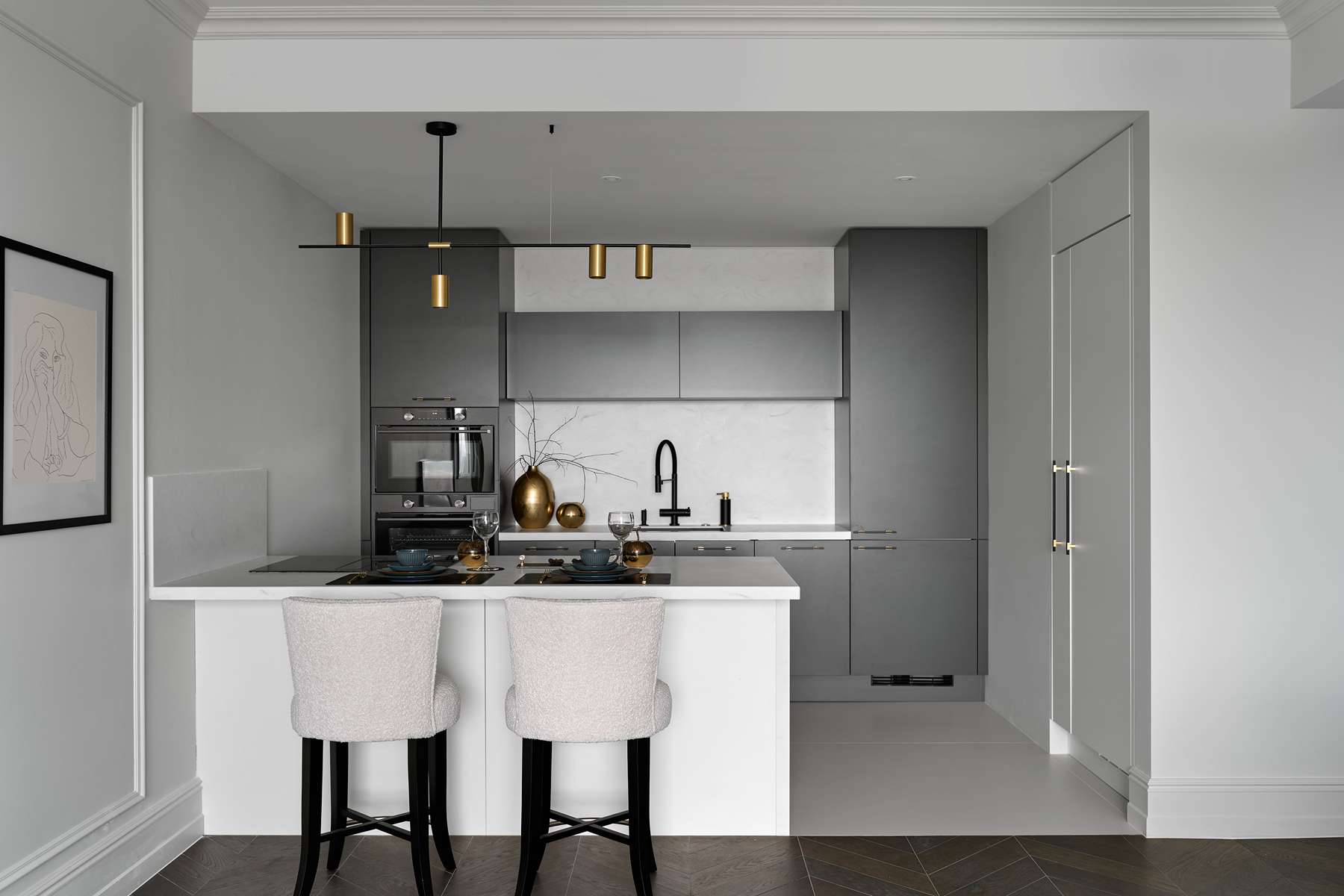
Embracing the Future: Transformative Kitchen Design Solutions
Kitchens have long been the heart of the home—a place to gather, create, and nourish. However, as technologies evolve and lifestyles change, so too must our domestic spaces. The modern kitchen is not just a place for cooking but a multifunctional hub that caters to diverse needs and activities. Transformative kitchen design solutions seek to adapt to these changing demands, combining functionality with aesthetic appeal to craft spaces that are efficient, comfortable, and sustainable.
Innovative Space Management
The first step in a transformative kitchen design is optimizing space. Open floor plans continue to be popular, seamlessly integrating the kitchen with living spaces to encourage social interaction. Innovative storage solutions such as multi-layered drawers and corner cabinet pull-outs maximize space efficiency, minimizing clutter and encouraging organization. Movable kitchen components, such as rolling islands and versatile, modular units, also offer flexibility, allowing the space to be easily reconfigured for different purposes.
Smart Technology Integration
As we march further into the digital age, smart technology integration has become a hallmark of transformative kitchen design. Smart appliances that you can control with your voice or smartphone not only streamline the cooking process but can also contribute to energy efficiency. Refrigerators that track expiration dates, ovens you can preheat on your commute home, and faucets that activate with a touch or a gesture are just a few examples of how technology is making kitchens more user-friendly and environmentally conscious.
Sustainable Design Choices
Environmental responsibility is another key aspect of modern kitchen design. Selecting materials that are eco-friendly and sustainable, such as bamboo, recycled glass, or repurposed wood, reduces environmental impact while maintaining style and durability. Energy-efficient appliances are a must, as are water-saving fixtures. LED lighting options not only consume less energy but also offer a range of ambiances to suit different moods and occasions.
Enhancing Kitchen Aesthetics
While functionality is critical, aesthetics remains a priority in transformative kitchen design. Contemporary trends include sleek, minimalist lines that emphasize space and cleanliness. Natural materials like stone and wood, combined with metals such as copper or stainless steel, create a blend of the organic and the modern. Color schemes that reflect the homeowner's personality while complementing the rest of the house help create a cohesive and inviting environment.
Personalized Kitchen Experience
Ultimately, the most transformative kitchen design is one that reflects the individual's lifestyle and preferences. Customizable elements, such as adjustable countertops to accommodate different heights or designated areas for hobbies like baking or coffee brewing, contribute to a personalized experience. Ergonomic design ensures comfort and accessibility for all family members, regardless of age or ability, making the kitchen a welcoming space for everyone.
Conclusion: The Kitchen Reinvented
Transformative kitchen design solutions are shaping the way we think about and utilize this central part of our homes. By emphasizing space management, smart technology, sustainability, aesthetics, and personalization, these designs not only cater to contemporary needs but also anticipate future developments. As the epicenter of domestic life continues to evolve, so will the kitchens at its core, adapting and transforming in step with the times.